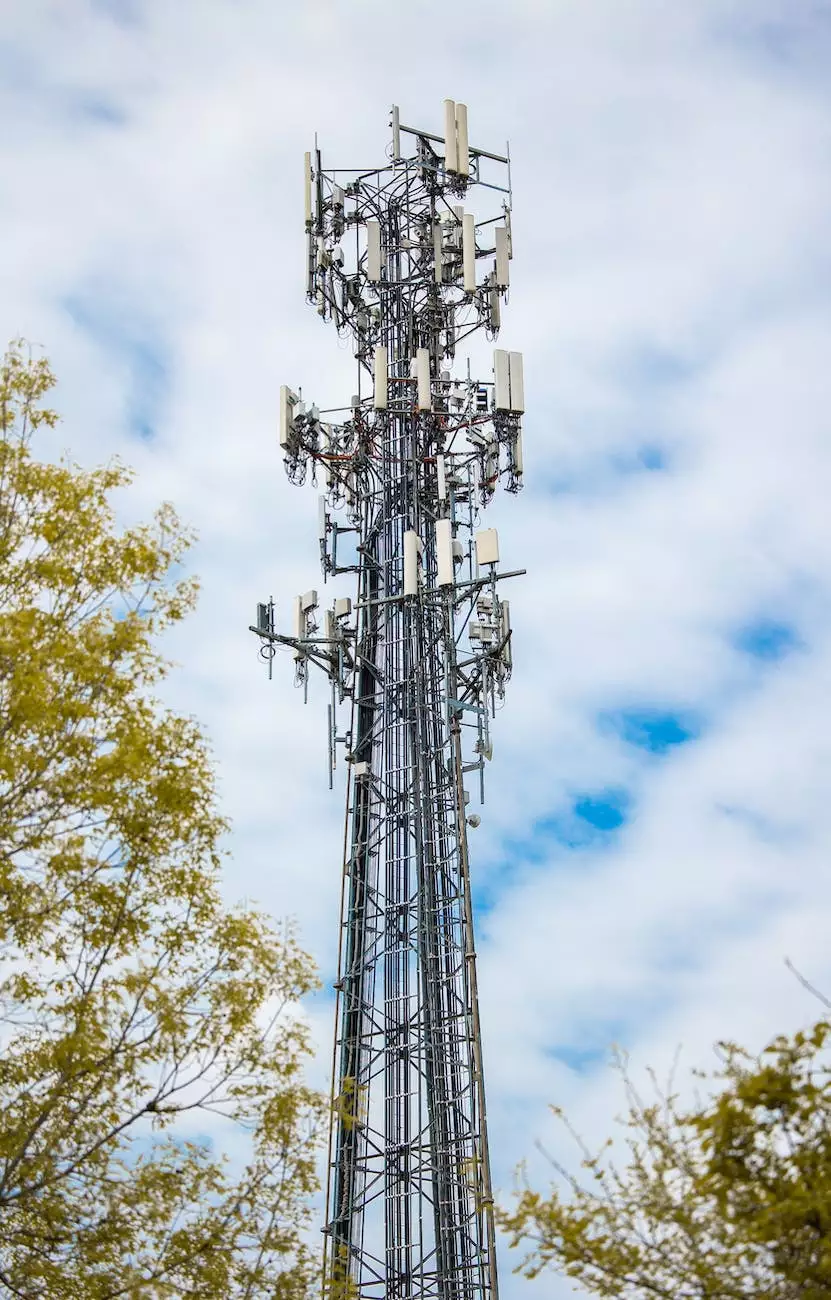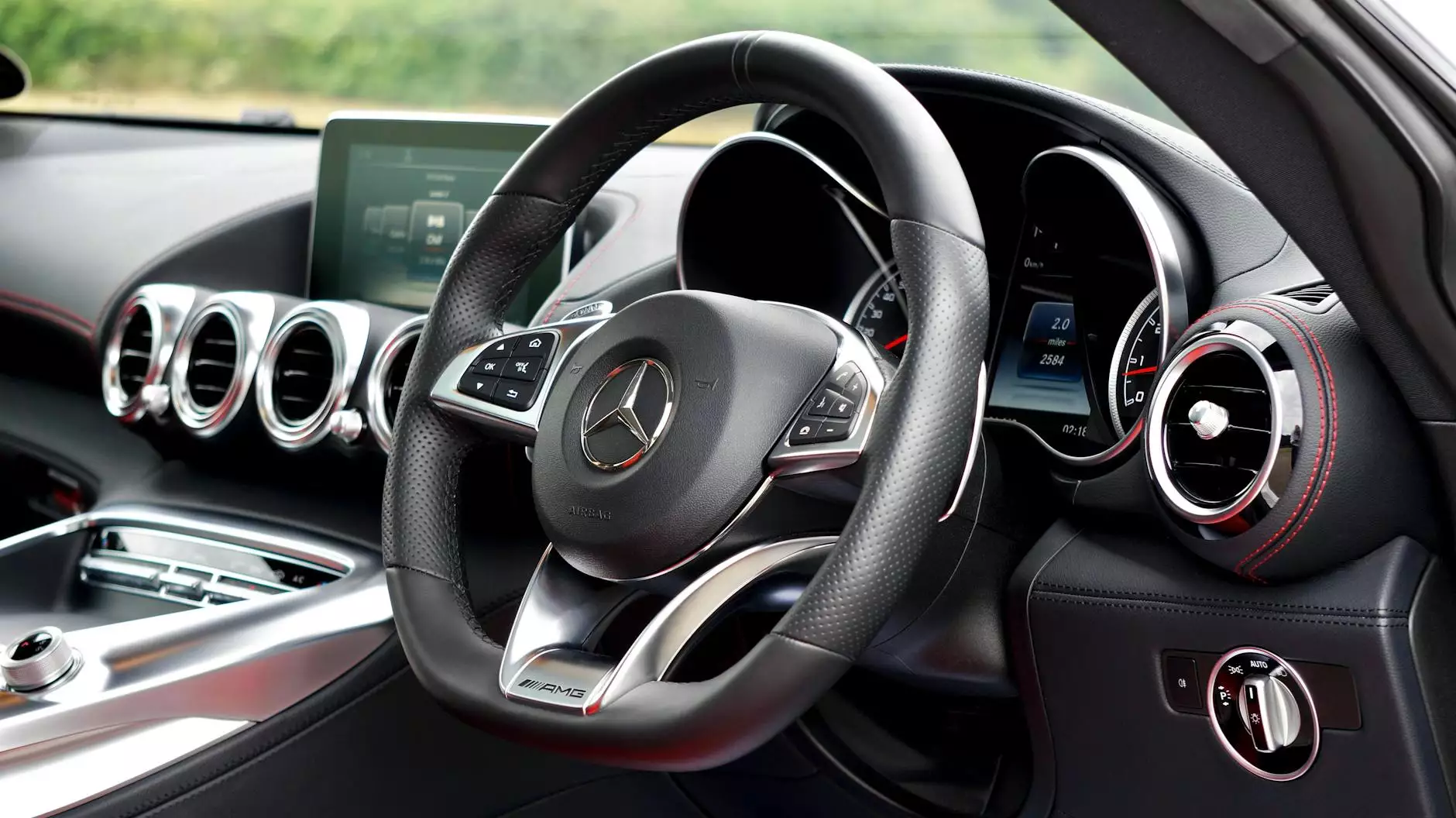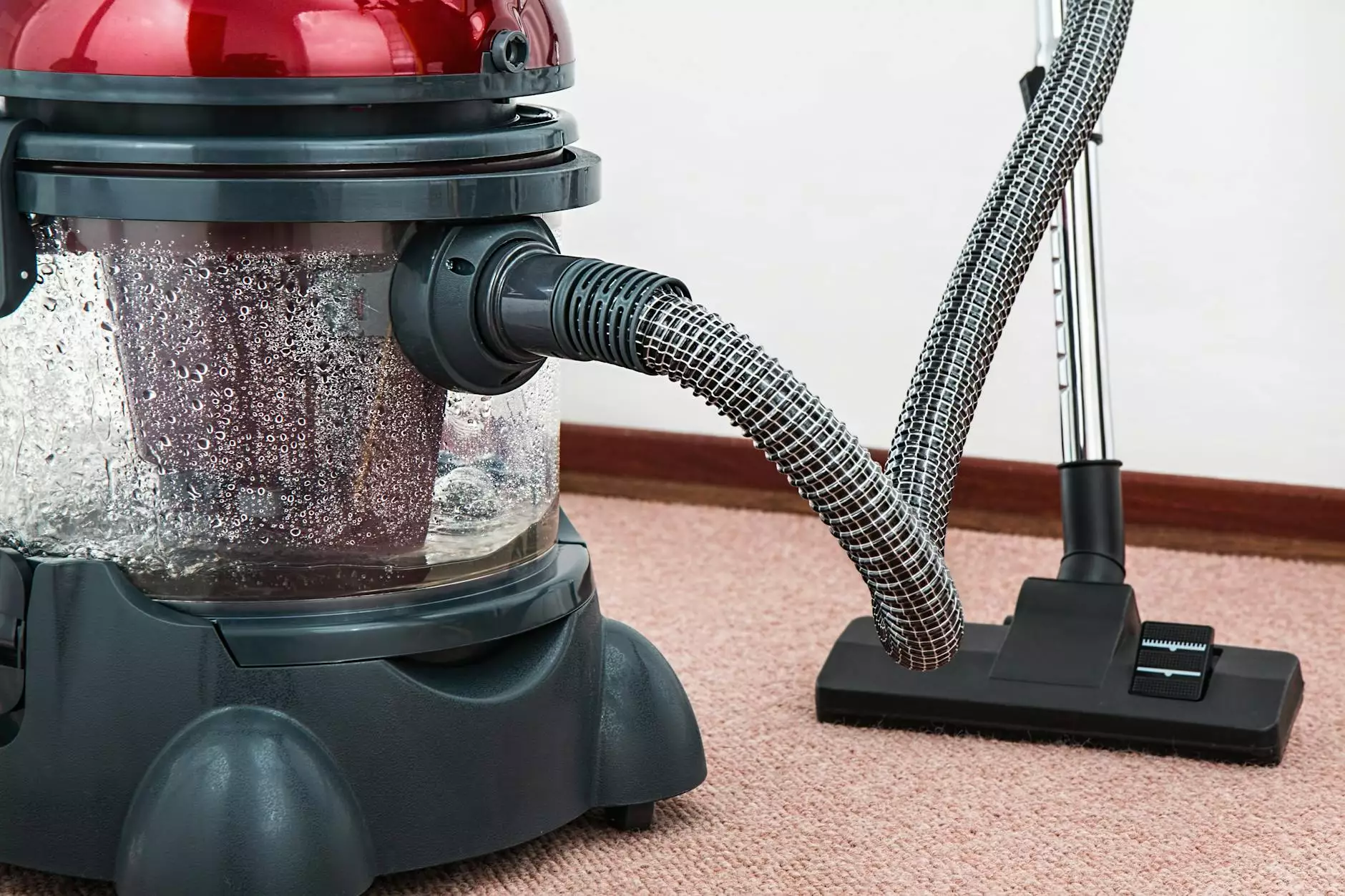102 103 Engine Oil Consumption and Blue Smoke

Welcome to Grafco Electric's detailed guide on engine oil consumption and blue smoke issues. In this comprehensive article, we will provide you with valuable information, causes, and effective solutions to address these problems associated with your engine.
Understanding Engine Oil Consumption
Engine oil consumption occurs when your vehicle's engine consumes more oil than normal, leading to a decrease in oil levels over time. This issue can result in various symptoms, including the appearance of blue smoke.
Causes of Engine Oil Consumption
There are several possible causes for excessive engine oil consumption, including:
- Worn piston rings or cylinder walls
- Valve stem seal leakage
- Crankcase ventilation system issues
- Malfunctioning PCV (Positive Crankcase Ventilation) valve
- Engine overheating
- Using the wrong type of oil
- Oil leaks
The Effects of Blue Smoke
One of the most noticeable signs of engine oil consumption is the appearance of blue smoke from the exhaust pipe. This blue smoke is caused by burning oil, resulting in poor engine performance and increased emissions.
Addressing Engine Oil Consumption and Blue Smoke Issues
To effectively address engine oil consumption and blue smoke problems, it is crucial to identify and resolve the underlying causes. Here are some useful solutions:
1. Diagnose the Issue
Start by conducting a thorough diagnosis to pinpoint the exact cause of the oil consumption. This may involve various tests, including compression and leak-down tests, to assess the condition of the piston rings, cylinder walls, and valves. Identifying the root cause is vital for implementing the correct solution.
2. Replace Worn Components
If the diagnosis reveals worn piston rings or cylinder walls, it is crucial to replace these components. This repair ensures proper sealing and prevents oil from leaking into the combustion chambers, reducing oil consumption and blue smoke emissions.
3. Check Valve Stem Seals
If valve stem seal leakage is identified as a cause, inspect and replace the faulty seals. This prevents oil from bypassing the seals and entering the combustion chambers, reducing oil consumption and eliminating blue smoke.
4. Fix Crankcase Ventilation System
Malfunctioning crankcase ventilation systems can contribute to engine oil consumption. Ensure the PCV valve is functioning correctly and replace it if necessary. Clean or replace clogged hoses and filters to maintain proper airflow within the crankcase.
5. Address Overheating Issues
Engine overheating can lead to excessive oil consumption. Regularly check coolant levels, inspect the cooling system for any leaks or blockages, and ensure proper functioning of the radiator fan. Proper cooling prevents oil breakdown and reduces the chances of blue smoke occurrence.
6. Use the Correct Oil
Using the right type and grade of oil recommended by the manufacturer is essential. Consult your vehicle's manual or seek professional advice to ensure the oil you use meets the required specifications. Using incorrect oil can contribute to increased oil consumption and engine issues.
7. Address Oil Leaks
Inspect your engine for any oil leaks and promptly fix them. Oil leaks not only lead to oil loss but can also contaminate other engine components. Fixing leaks prevents oil consumption, enhances engine performance, and eliminates the presence of blue smoke.
Conclusion
Understanding engine oil consumption and its associated blue smoke issues is crucial for maintaining a healthy engine. By identifying the causes and implementing the appropriate solutions mentioned in this guide, you can effectively address and resolve these problems. Regular vehicle maintenance and timely repairs are key to ensuring optimal engine performance, decreased oil consumption, and minimizing blue smoke emissions.










